To use a hatchet, grip the handle firmly with both hands, ensuring a balanced hold. Position the blade near the target at a slight angle, then swing down with controlled force, aiming for the desired point of impact.
In the realm of practical outdoor skills, mastering the art of hatchet use is a crucial step for beginners. Whether you're a camping enthusiast or simply looking to enhance your survival skills, understanding the fundamentals of handling a hatchet is paramount. This humble yet versatile tool can be a game-changer in various scenarios, from building shelter to preparing firewood. In this guide, we'll unravel the basics of hatchet usage, offering beginners a solid foundation for safe and effective wielding in the great outdoors.
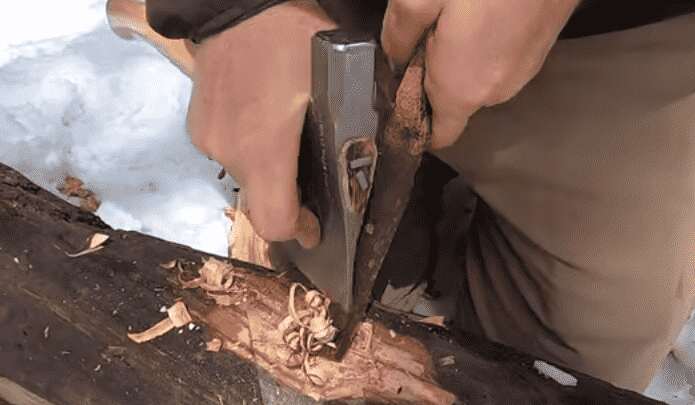
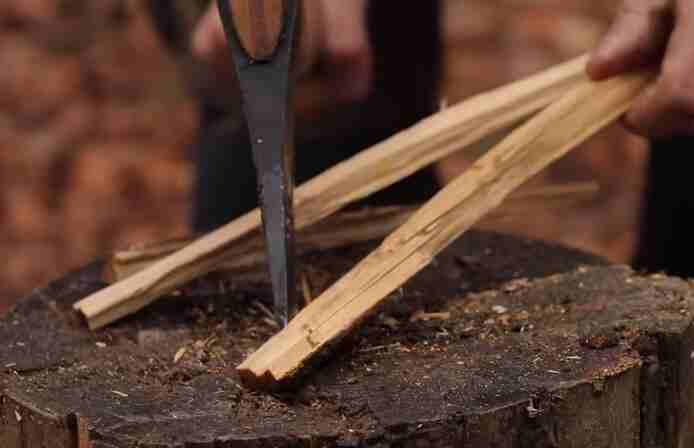
Yes, you can split wood with a hatchet. It just takes a little more effort than using a larger axe.
When splitting wood, you want to ensure the hatchet is swung so that the blade will hit the wood squarely. You also want to make sure your arm is relaxed when swinging and that you use your body weight to help swing the hatchet.
Practice makes perfect, so be sure to take your time and go slow until you get the hang of it. And always remember to safety first - wear gloves, safety glasses, and ear protection when splitting wood.
Is a hatchet better than an axe?
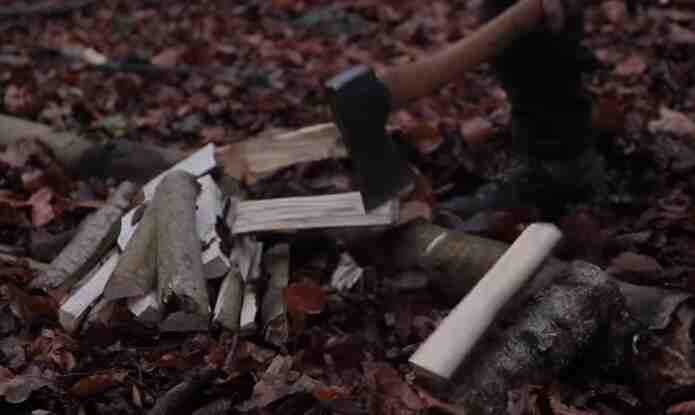
Hatchets and axes are similar in that they are used to chop wood. However, there are some critical differences between the two tools. For example, hatchets are typically smaller than axes and have shorter handles. Hatchets are also more lightweight than axes, which makes them easier to use for precision work.
Axes are larger and heavier than hatchets, making them better suited for larger chopping tasks. Axes also have longer handles, which gives you more leverage when chopping wood. Whether a hatchet or an axe is a better tool depends on what you need it for.
How do you hold a hatchet?
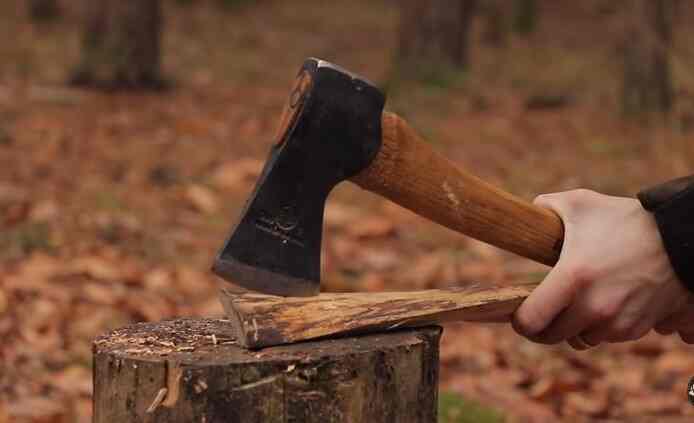
There are a few different ways to hold a hatchet, but the most common is the overhand grip. Using the overhand grip, keep your thumb on top of the hatchet head while the blade points away from your body. Next, curl your fingers around the handle and tuck your pinky finger underneath. This will help you keep your hand in place while you're chopping.
How to use a hatchet safely and effectively?
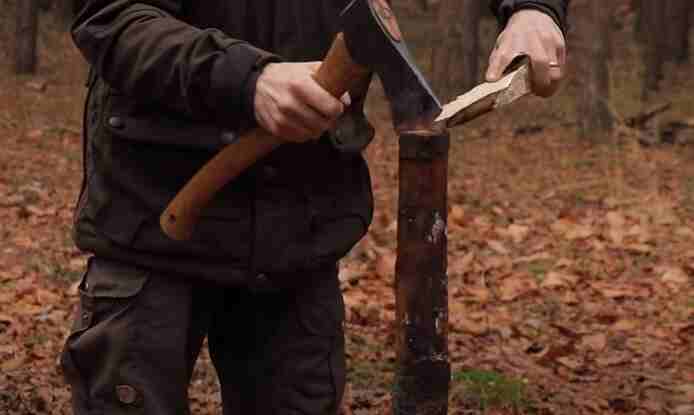
Assuming you already have a hatchet.
Swinging a hatchet can be dangerous if you don't know how to do it properly. Here are some tips to help you swing your hatchet safely and effectively:
- Always hold the hatchet by the handle. The blade is very sharp and can cause serious injury if you're not careful.
- When you swing the hatchet, make sure you follow through with the swing. This will help you generate more power and avoid injuring yourself.
- Keep your hands close to your body when you swing the hatchet. This will help you maintain control of the tool and avoid hitting yourself with the blade.
- Always be aware of where the blade is pointing. You don't want to hurt someone else with the hatchet accidentally.
- When you're finished using the hatchet, always put it away in a safe place. This will help prevent accidents.
Take a look at the video on how to use a hatchet:
What are some of the best ways to use a hatchet?
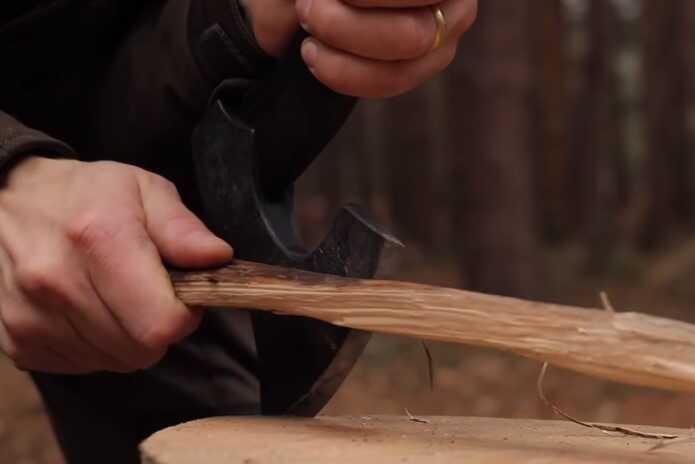
There are many ways to use a hatchet, but some are better than others. Here are eight of the best ways to use this versatile tool:
1. Chopping wood:
Obviously, one of the primary uses for a hatchet is chopping wood. Whether you're chopping firewood for your home or splitting logs for your campsite, a hatchet can get the job done quickly and efficiently. Just be sure to use a chopping block or stump to avoid damaging your blade.
2. Building a shelter:
If you find yourself in the wilderness without a tent, you can use your hatchet to build a makeshift shelter. Start by cutting down some small trees or branches and then prop them against each other to form a frame. Next, cover the frame with leaves, pine needles, or whatever else you can find to insulate yourself from the elements.
3. Making a fire:
A hatchet can also be used to help start a fire. Use the back of the blade to strike a ferrocerium rod and create sparks. Then direct the sparks onto some tinder and blow gently to get your fire going.
4. Self-defense:
Your hatchet can also be used for self-defense in a pinch. Just be sure to keep the blade sharpened so it will be more effective in an emergency.
5. Hunting:
A hatchet can come in handy when hunting small game. You can use it to skin and gut your prey or build a makeshift blind or shelter.
6. Fishing:
A hatchet can also be used for fishing. Use it to clean fish, cut bait, or build a simple fishing rod if you don't have one.
7. Hiking:
If you're planning on doing some hiking, a hatchet can be a great addition to your gear. It can be used for clearing brush, making trail markers, or even building an emergency shelter.
8. Survival:
A hatchet can be a lifesaver in a survival situation. Use it to build a shelter, make a fire, find food, and defend yourself from predators or other threats. Just know how to use it properly, and you'll be prepared for anything.
As you can see, a hatchet is a versatile tool that can be used for many different purposes. Just be sure to know how to use it properly and always keep the blade sharpened and ready for action. With a little practice, you'll be a hatchet pro in no time.
Tips for using a hatchet
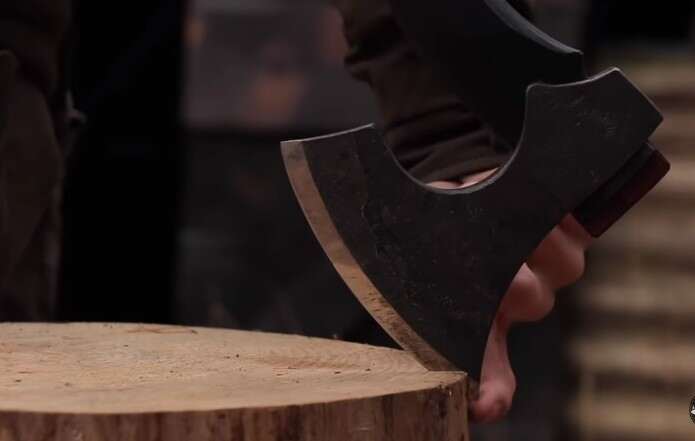
A hatchet is a versatile tool for various tasks, from chopping wood to clearing brush. If you're new to using a hatchet or looking to improve your skills, here are eight tips to help you get the most out of this handy tool.
1. Choose the right hatchet for the job.
There are a variety of hatchets on the market, so it's essential to choose one that is best suited for the task at hand. For example, if you're doing a lot of chopping, you'll want a hatchet with a heavier head. On the other hand, a smaller hatchet is a better option for tasks requiring more precision, such as carving or whittling.
2. Keep the hatchet sharp.
A dull hatchet is not only less effective, but it can also be dangerous. A sharp hatchet will make your job easier and help you avoid injury. Regularly hone the blade with a whetstone or file to keep your hatchet in top condition.
3. Protect your hands.
When using a hatchet, always wear gloves to protect your hands from the sharp blade.
4. Use a chopping block.
A chopping block provides a stable surface to chop on and helps protect your hatchet from becoming damaged. When choosing a chopping block, look for one made of hardwood and at least 8 inches thick.
5. Make sure the hatchet is securely in the air.
Before you swing the hatchet, ensure it is securely in the air and will not fall on you or anyone else. Practice your swings in an open area before using the hatchet in a more confined space.
6. Swing the hatchet down with one smooth motion.
When swinging the hatchet, do so with one smooth motion rather than chopping at the wood. This will help you avoid damage to the hatchet and make your job easier.
7. Store the hatchet properly.
When not in use, store the hatchet in a dry, safe place where it will not be damaged or become a hazard to anyone.
8. Protect your eyes and ears.
Always wear safety glasses or goggles when using a hatchet to protect your eyes from flying debris. And if possible, use earplugs or headphones to protect your hearing from the noise of the hatchet hitting the wood.
Final Words
Knowing how to use a hatchet properly can come in handy in all sorts of situations. Hopefully, this guide has given you the confidence to try it yourself the next time you need to chop wood or clear a trail. With a bit of practice, you'll be swinging that hatchet like a pro in no time!